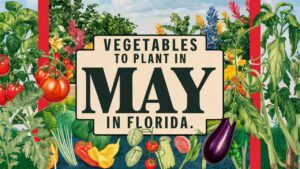Whether you are looking to cultivate vegetables, flowers, herbs, or landscape plants, September is prime time for planting certain varieties in Georgia. This guide offers a detailed overview of what to plant during this month, complete with specifics on temperature tolerances, growth habits, and thoughtful tips.
Vegetables To Plant
September is an excellent time in Georgia to get a head start on numerous cool-season vegetables. The month often enjoys milder temperatures ideal for germination, as well as the promise of a fall harvest.
Spinach

Spinach thrives in the cooler temperatures of fall and is an excellent choice for planting in September. This leafy green prefers a temperature range of 50°F to 60°F, making it happy as summer gives way to autumn. In Georgia, it is best to plant spinach seeds from mid-September to early October.
Spinach germinates quickly in well-drained soil rich in organic matter. Expect to see sprouts within 5 to 10 days, and plan for a harvest in about 40 days. Regular watering is essential, especially during dry spells, as spinach can become bitter if stressed.
Kale
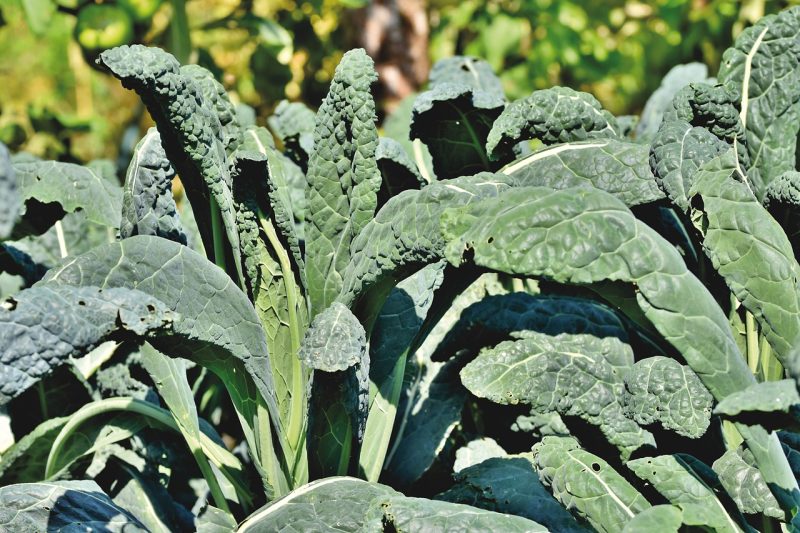
Kale is another fantastic option for fall planting. This nutrient-dense vegetable is resilient to frost and can withstand temperatures as low as 20°F, allowing for harvest well into winter. In Georgia, kale can be sown directly into the garden from mid-September to early October.
Kale takes approximately 55 to 75 days to mature. Plant seeds about ¼ to ½ inch deep and thin them to allow for ample space as they grow. Kale performs best in rich, well-drained soils with a pH between 6.0 and 7.5.
Lettuce

For fresh salads throughout the fall, consider planting lettuce varieties such as romaine, butterhead, or looseleaf. Lettuce grows optimally in temperatures ranging from 60°F to 70°F. In Georgia’s climate, the ideal planting window for lettuce is mid-September through early October.
This leafy crop can reach maturity in as few as 30 days, depending on the variety. To provide the best growing conditions, ensure consistent moisture levels and partial shade, especially as the temperature begins to dip.
Carrots

Carrots flourish in cooler weather and can even sweeten with a touch of frost. For optimal growth, they prefer temperatures between 55°F to 75°F. Plant seeds directly into the ground from mid-September to early October.
They require fine, loose soil for proper root development, so prepare beds thoroughly before planting. Carrots can take anywhere from 70 to 80 days to mature, making this an ideal late-season crop.
Radishes

Radishes are fast-growing, making them a perfect choice for September planting. They thrive in temperatures between 50°F and 70°F and can be sown from mid-September onward in Georgia.
Radishes germinate quickly, generally within 5 to 10 days, and can be harvested in as little as 25 days. Their ability to grow in various soil types makes them forgiving for novice gardeners, though they do best in moist, well-drained soils.
Beets
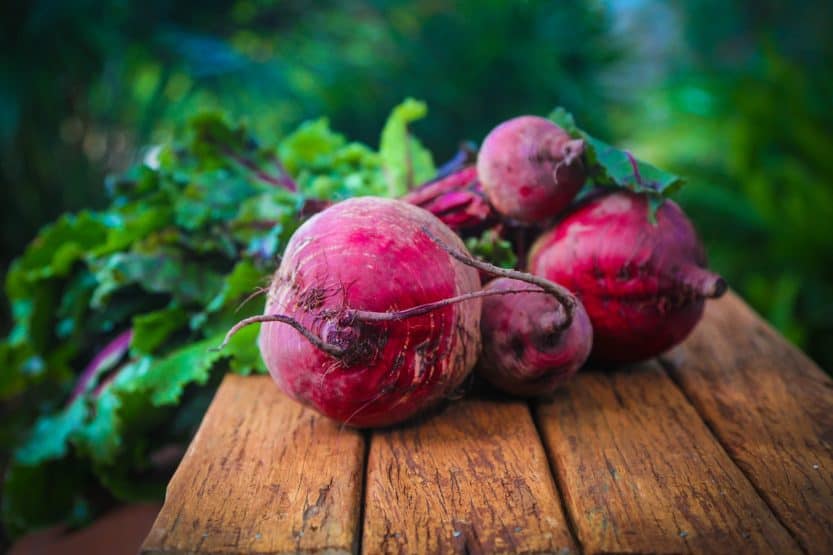
Beets are a versatile root vegetable that can be harvested both for their tops and their roots. They grow best in temperatures around 50°F to 75°F, enabling September planting with a timeline for harvest in 50 to 70 days.
Plant beet seeds about ½ inch deep and water regularly to maintain moisture. Red beets, especially, will thrive and can be enjoyed in salads or roasted for hearty meals.
Turnips
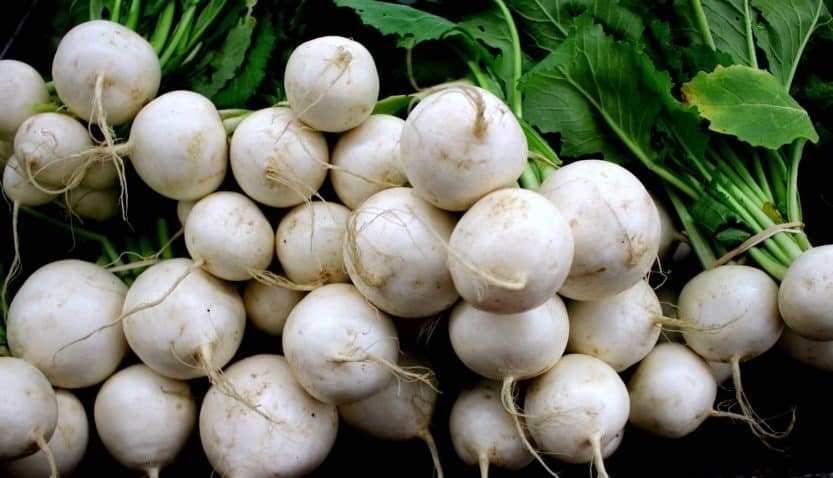
Ideal for fall gardens, turnips grow well in cooler temperatures and can tolerate some frost. Plant from mid-September to early October for an optimal harvest in roughly 60 days.
Turnips prefer well-drained, loamy soil and adequate moisture. Thin seedlings as they grow to allow room for the turned roots and encourage larger yields.
Mustard Greens
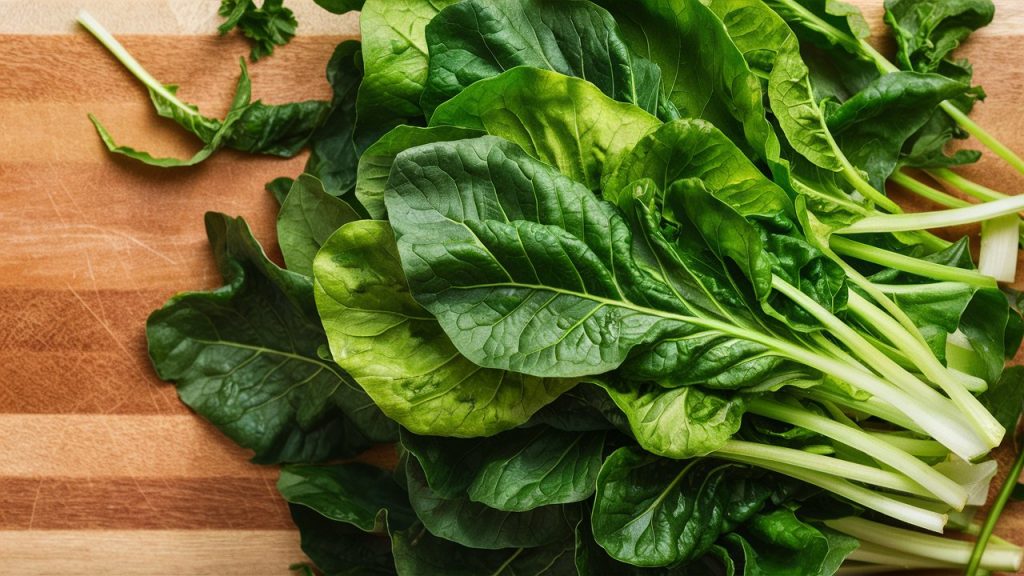
Mustard greens are not only fast-growing but also exceptionally hardy. They can handle temperatures down to 20°F, making them a tough competitor in the garden. In Georgia, you can sow seeds from mid-September to early October.
Mustard greens typically take about 30 to 40 days to mature. They appreciate rich soil and will flourish with regular watering. Their peppery flavor adds a distinct kick to any dish.
Broccoli

Broccoli loves cool, temperate climates, making September a perfect time for planting in Georgia. It grows best in temperatures between 60°F and 70°F and can be started from seeds or transplants.
Seeds should be sown outdoors from mid-September to early October and will take approximately 70 to 100 days to reach maturity. Broccoli thrives in well-draining, nutrient-rich soil, making regular fertilization important for a successful crop.
Collard Greens
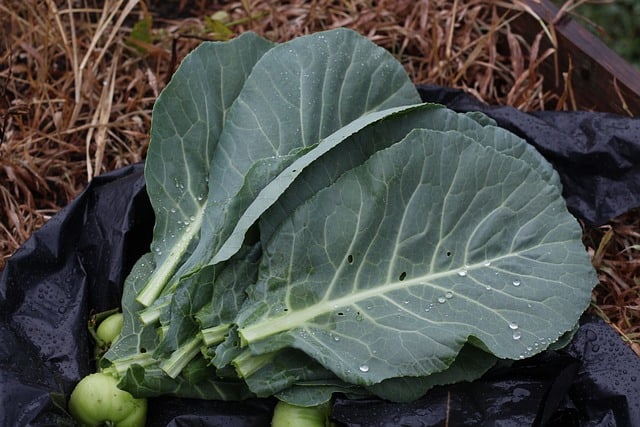
Collard greens are a Southern staple and are known for their resilience. They can thrive in cooler temperatures, down to 20°F, and are best planted from mid-September to early October in Georgia.
They take about 75 to 90 days to reach maturity. Collards prefer rich, fertile soil and appreciate regular watering, especially during dry spells. These greens can be harvested continually if the outer leaves are trimmed away, allowing for fresh greens throughout the fall and winter.
Flowers To Plant
Fall is a lovely time to plant flowers, as many varieties will bloom beautifully in the spring, right as the landscape begins to wake up. September planting can set the stage for a vibrant garden next year.
Pansies

Pansies are beloved for their cheerful blooms and are exceptionally tolerant of cooler temperatures, thriving from 20°F to 70°F. They can be planted in Georgia in September or October for vibrant spring colors.
These annuals can bloom in various shades from purple to yellow and often provide a long-flowering period into the early summer. Pansies prefer well-drained soil and consistent watering, making them an easy undertaking for beginner gardeners.
Snapdragons
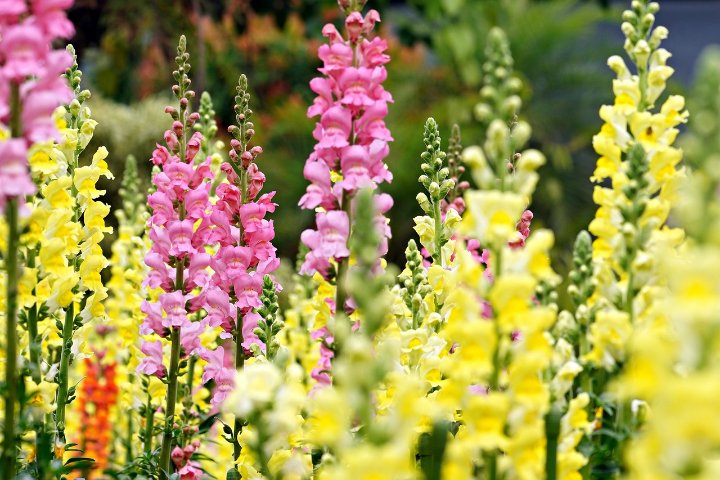
Snapdragons offer a vertical element to gardens with their tall flower spikes. They can tolerate temperatures between 25°F and 75°F and are ideal candidates for a September planting.
In Georgia, sowing seeds or transplanting can occur from late September into October. Snapdragons take about 70 to 90 days to bloom, providing flowers in various colors that delight through the spring months.
Dianthus
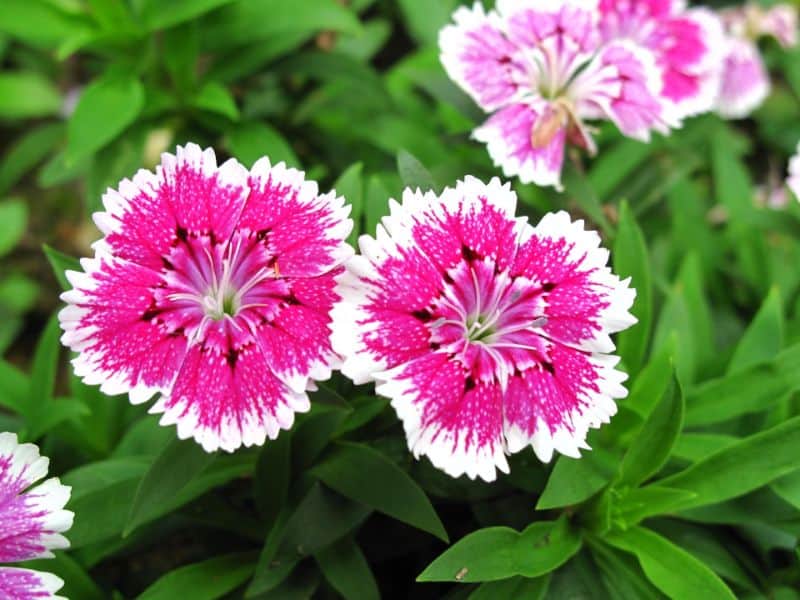
Dianthus — with its clove-like fragrance and abundant blooms — is another excellent selection for planting in September. This hardy plant does well in temperatures ranging from 30°F to 70°F.
Dianthus can be sown or transplanted in the garden during September and will typically bloom well the following spring. With proper care and deadheading, these blossoms can extend their flowering period significantly.
Garden Mums
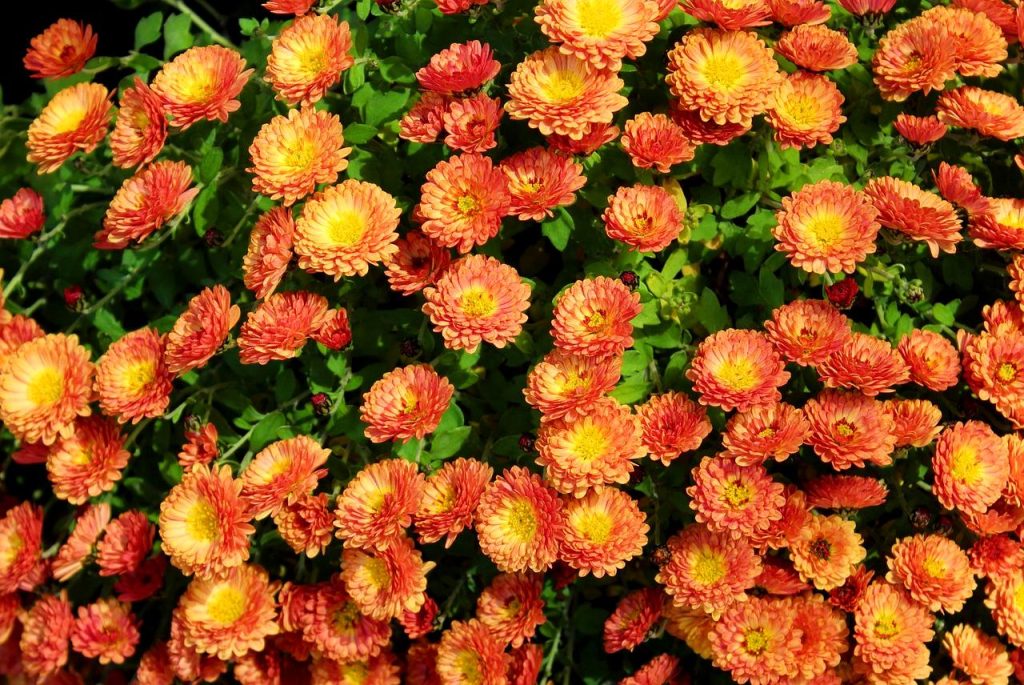
Garden mums, or chrysanthemums, are iconic fall flowers known for their vibrant and varied colors. They thrive in cooler temperatures ranging from 30°F to 70°F and can be planted in Georgia from late September through early October.
Mums can provide robust blooms into late fall, and if planted in the proper well-drained soil, they will reward gardeners with an explosion of color. These hardy perennials make excellent autumn displays.
Oxeye Daisy
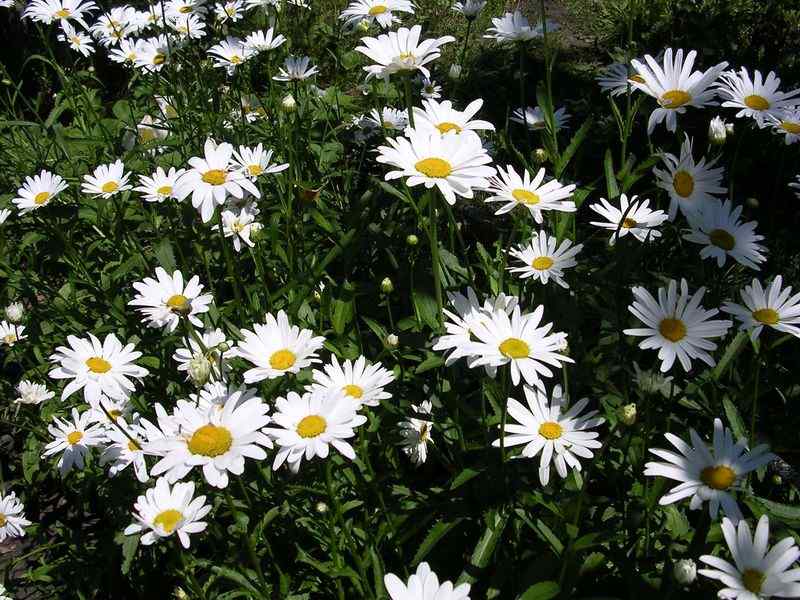
The Oxeye Daisy is a hardy perennial flower that thrives in various soil types, provided they are well-drained. They flourish in the cooler temperatures of fall and can be planted in Georgia from mid to late September.
These daisies can tolerate temperatures down to 20°F and will bloom the following spring. Plant them in groupings to create an impressive display, and remember to give them adequate sunlight.
Black Eyed Susans
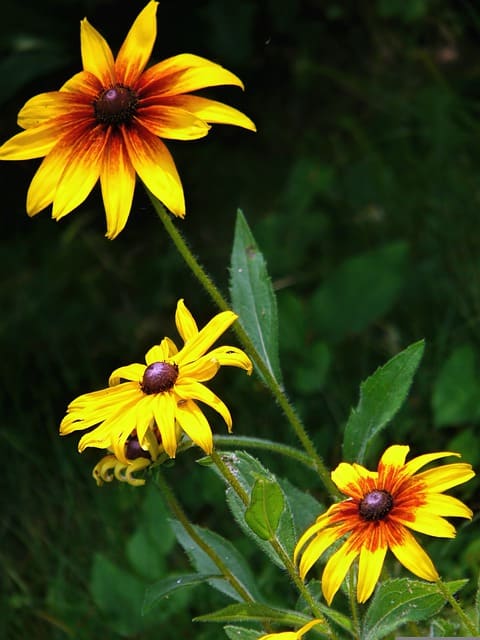
These iconic yellow flowers are a staple in Southern gardens and can thrive in temperatures between 20°F and 80°F. Plant them in September for prolific blooms the following summer.
Black-eyed Susans prefer full sun and well-draining soil. With proper care, they can spread and self-seed, offering beauty year after year with very little maintenance.
Wildflowers

Creating a wildflower garden is a wonderful way to have an aesthetically pleasing and environmentally friendly plot. Many wildflower seeds can be sown in September, particularly in the temperate regions of Georgia.
Seeds should be scattered across prepared soil and lightly covered. Wildflowers will thrive in sunny areas and typically require minimal maintenance. This natural approach to gardening encourages local pollinators and adds a touch of whimsy to any garden.
Tulips
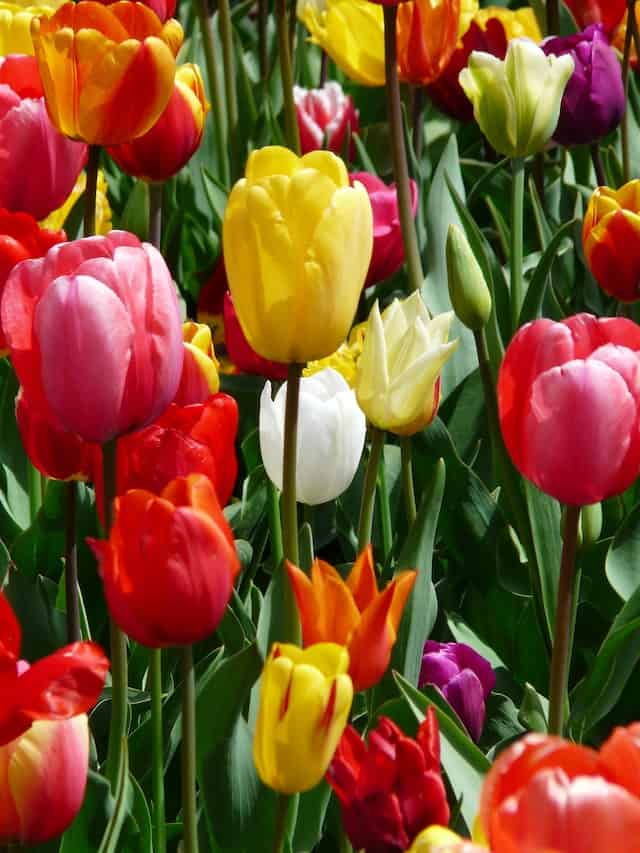
Although typically planted in fall for spring blooms, tulips can still be added to your garden in September. They prefer cooler weather and will thrive in Georgia’s mild autumn conditions.
Bulbs should be planted in well-drained, rich soil with an inch or two of mulch to preserve moisture. With the right care, tulips can return year after year with vibrant colors that bring life to your garden.
Lavender
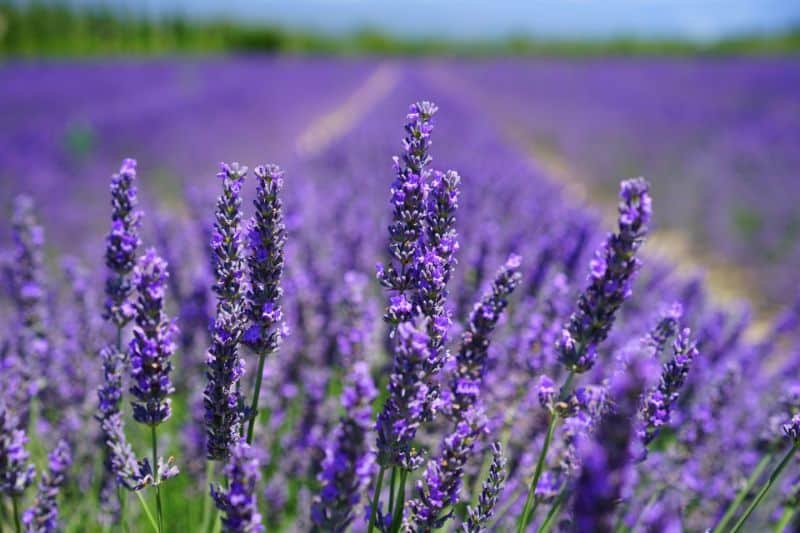
This fragrant perennial is wonderful for gardens and can be planted in early fall in Georgia. Lavender prefers temperatures of 30°F to 75°F and thrives in well-draining soil.
With its beautiful purple flowers and aromatic qualities, lavender attracts pollinators and is a perfect addition to any landscape. It can take some time to establish, so be patient as it enchants your garden in the following spring.
Asters
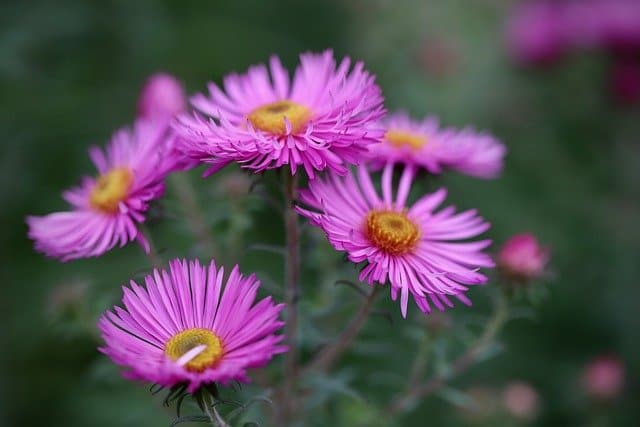
Asters are hardy perennials that bloom from late summer into fall, providing essential nectar for late-season pollinators. Ideal for planting in Georgia, they thrive well in temperatures ranging from 20°F to 70°F.
These plants should be sown in September and will grow beautifully in various soil types. Asters typically reach maturity in the following spring. They bloom in breathtaking hues of blue, pink, and white, adding much-needed color as autumn arrives.
Herbs To Plant
Herbs are not only beneficial for cooking but also add aromatic qualities to gardens. With the cool autumn air in September, it is the perfect time to plant perennial herbs that can establish roots for the next growing season.
Chives
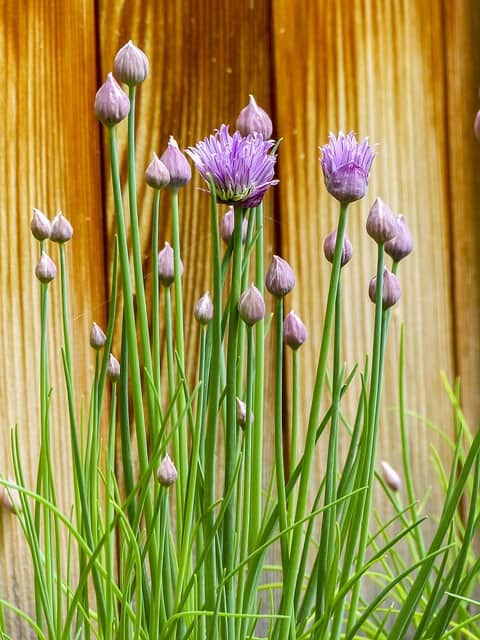
Chives are a perennial herb that can be planted in September in Georgia. This hardy plant thrives well in cooler temperatures, ideally between 50°F and 70°F.
Chives are known for their vibrant green stalks and edible flowers. Plant them in sunny spots and rich soil, and they’ll typically be ready for harvesting within a few months. They can even survive frost, ensuring fresh herbs throughout the winter.
Parsley

Parsley is a versatile herb that can thrive in temperatures from 30°F to 75°F. In Georgia, it’s well-suited for planting in September for a bountiful crop in early spring.
Parsley can take several weeks to germinate, so patience is essential. It thrives in rich, well-draining soil and consistent moisture. Both flat-leaf and curly parsley varieties will flourish and provide invaluable flavor to numerous dishes.
Cilantro

Cilantro, also known as coriander, is a favorite in many cuisines and can be planted in Georgia from mid-September to early October. It enjoys temperatures between 50°F and 70°F.
The plant usually grows quickly and can be harvested about 3 to 4 weeks after sowing. It’s best to plant cilantro in rotating cycles to ensure a continuous supply, as it bolts quickly in warm temperatures.
Oregano

Oregano is a hardy perennial herb that can be successfully planted in September in Georgia. This herb thrives in slightly warmer temperatures, usually between 60°F and 80°F.
Oregano should be sowed in well-drained, loamy soil with full sun exposure. Once established, this herb can tolerate drought conditions, requiring little maintenance as it thrives in the garden.
Thyme
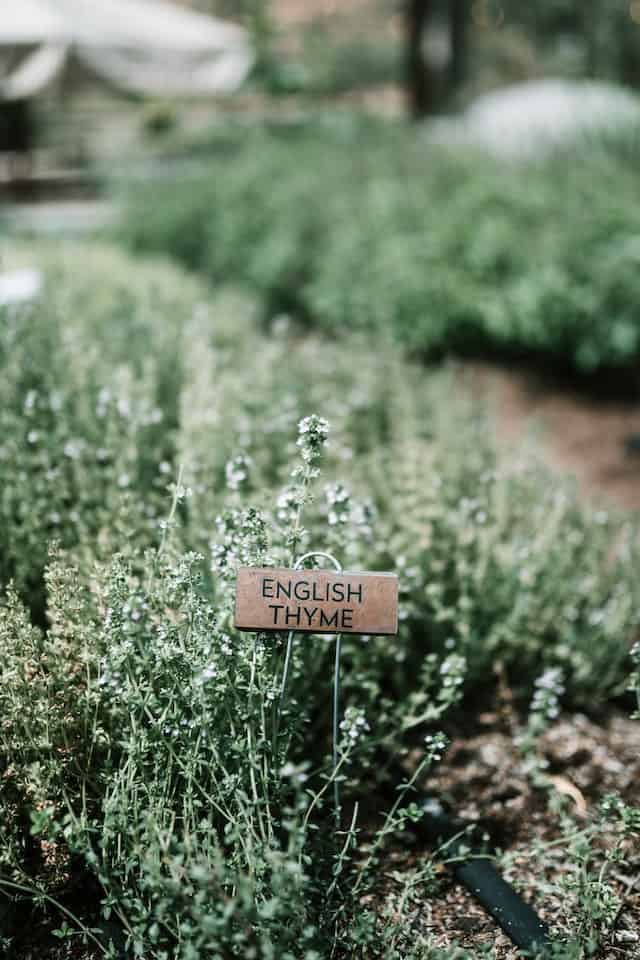
Thyme is an aromatic perennial herb perfect for fall planting. This plant does well in temperatures ranging from 30°F to 75°F and should be planted in rich, well-drained soil.
Thyme can easily last through mild winters, becoming more flavorful with cooler weather. It’s low-maintenance and perfect for garden borders or pots.
Rosemary

Although considered a perennial in many regions, rosemary can be grown successfully in containers in Georgia’s USDA zones. Planting rosemary in September allows it to establish well before the colder months, as it prefers temperatures from 30°F to 75°F.
Position rosemary in sunny spots and well-draining soil. Once established, it is drought-resistant and can add fragrance and flavor to a variety of dishes.
Sage

Sage is a hardy perennial herb that can be planted in September, thriving in Georgia’s climate. It does well in full sunlight and can handle temperatures as low as 20°F.
Prepare to harvest sage leaves in approximately two months, as it flourishes in well-draining soil. This aromatic herb complements various dishes and has numerous culinary uses.
Mint
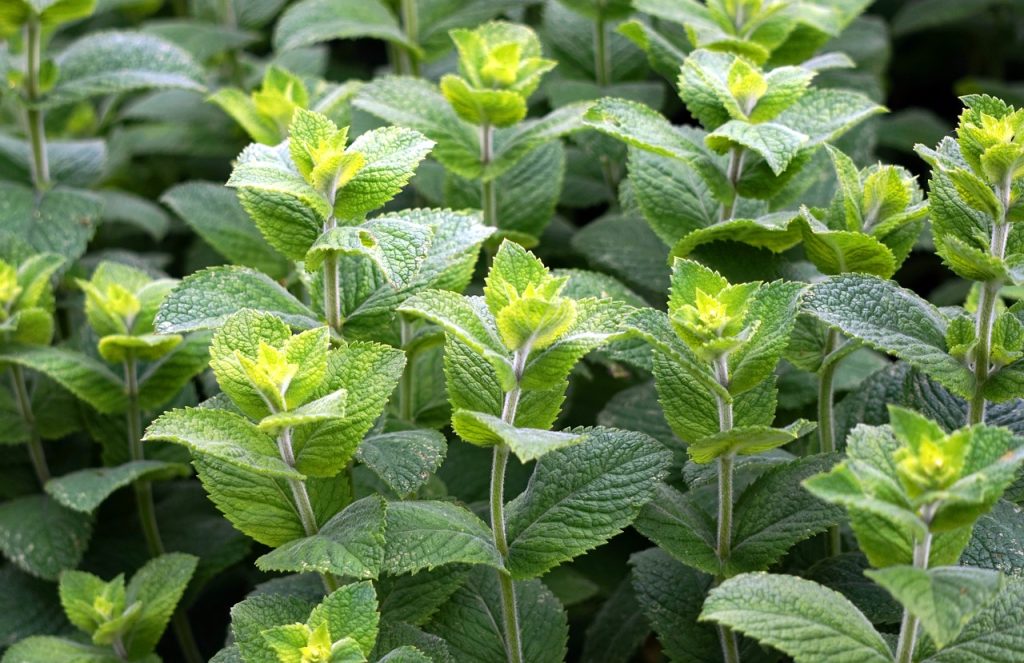
Mint can be quite vigorous, making September the perfect time to plant it in Georgia. This herb prefers temperatures from 50°F to 70°F and enjoys plenty of moisture.
Plant mint in containers or dedicated ground space to control its spread. Mint can be harvested as needed, adding refreshing flavor to countless recipes and beverages.
Basil
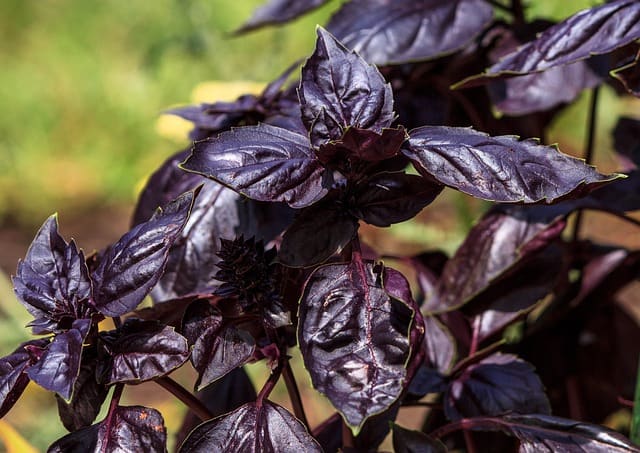
Although basil is typically a summer herb, September planting can yield a late fall harvest in some regions of Georgia. It grows well in temperatures from 70°F to 80°F and prefers full sun.
For best results, start seeds indoors and then transplant. With diligent care, basil can thrive until first frost, providing rich flavor for fall dishes before the winter chill sets in.
Lemon Balm
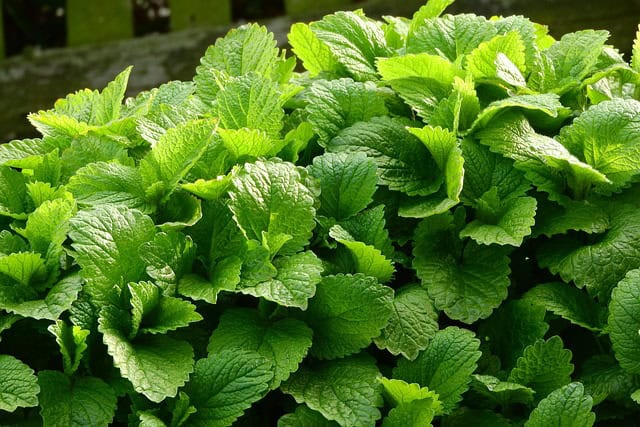
This delightful herb, known for its citrus scent, is another option for September planting. Lemon balm thrives in a variety of conditions but prefers temperatures around 60°F to 80°F.
It’s vital to plant in well-draining soil and allow sufficient sunlight. Lemon balm can become invasive, so consider container planting. Harvest leaves regularly to encourage continued growth.
Landscape Plants To Plant
September is an excellent month for adding perennial plants and trees, allowing them time to establish a strong root system before winter.
Azaleas
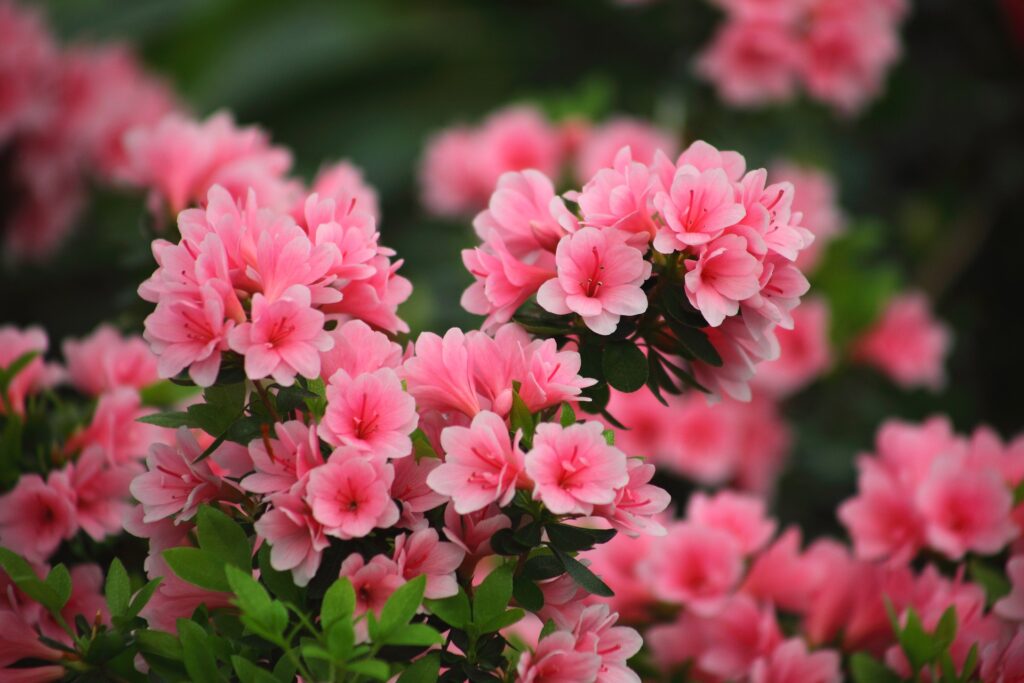
Azaleas are a signature southern landscape plant and are perfect for planting in September. They prefer the milder temperatures of early fall and can thrive between 30°F and 80°F.
Azaleas bloom vibrantly in the spring, providing a beautiful show of color. Ensure they’re planted in well-draining, acidic soil and provide partial shade to prevent scorching in the summer.
Camellias
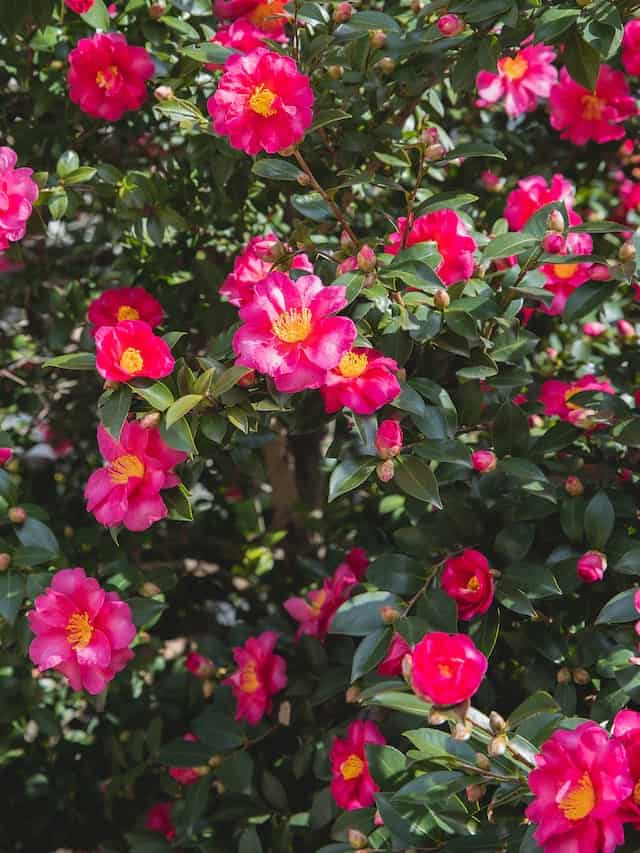
Known for their stunning, enduring blooms, camellias can be planted in September in Georgia. They thrive in temperatures ranging from 30°F to 80°F and are well-suited for the region’s climate.
Camellias prefer well-drained, acidic soil and partial shade, making them perfect for garden beds or as foundation plantings. Their beautiful flowers can provide continuous interest from fall through spring.
Ornamental Grasses
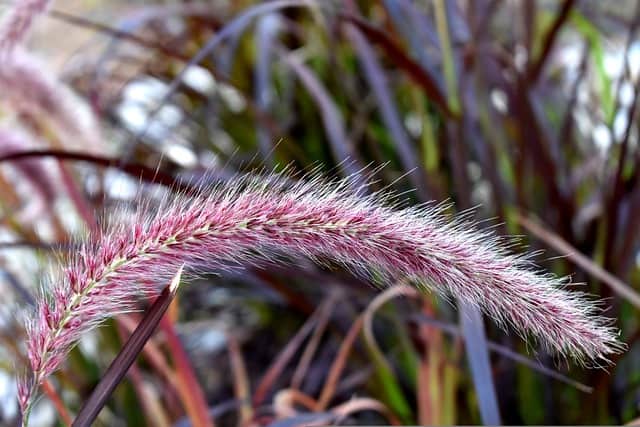
Ornamental grasses provide texture and movement in the landscape. Fall is an ideal time to plant them in Georgia to establish roots before winter. Some suitable varieties include Miscanthus, Coreopsis, and Festuca.
These grasses thrive in various soil conditions and are generally drought-tolerant once established. Most can tolerate temperatures below freezing, making them a long-lasting investment for any landscape.
Hollies
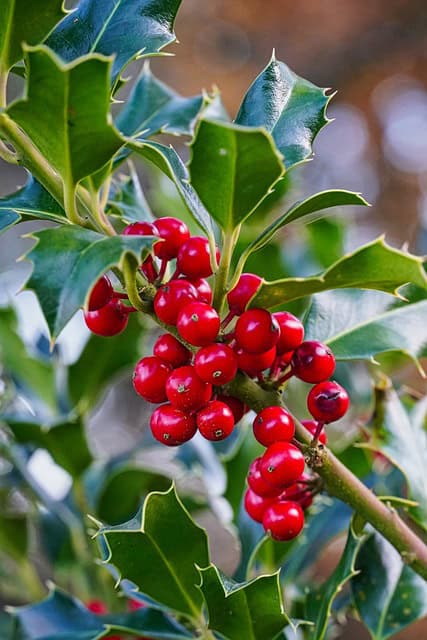
Hollies are versatile evergreen shrubs that can add structure and year-round interest to your garden. Plant them in September to allow adequate time for root establishment. They prefer moderate temperatures and well-drained soil.
Hollies produce vibrant red berries in winter, providing food for local wildlife. They can be used as hedges or standalone focal points and generally require minimal maintenance.
Liriope
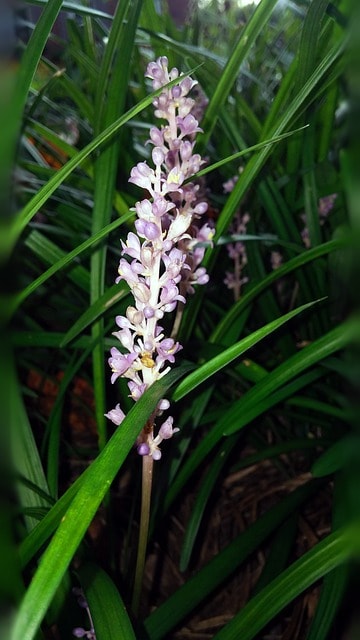
Liriope, also known as monkey grass, is a resilient perennial that thrives in various conditions. September is an ideal planting time for this grass-like ground cover. It performs well in shady or sunny areas and can handle temperatures from 30°F to 90°F.
Liriope’s dense growth habit makes it an excellent option for erosion control or as a lawn alternative. It is also low-maintenance and drought-tolerant once established, perfect for busy gardeners.
Barberry
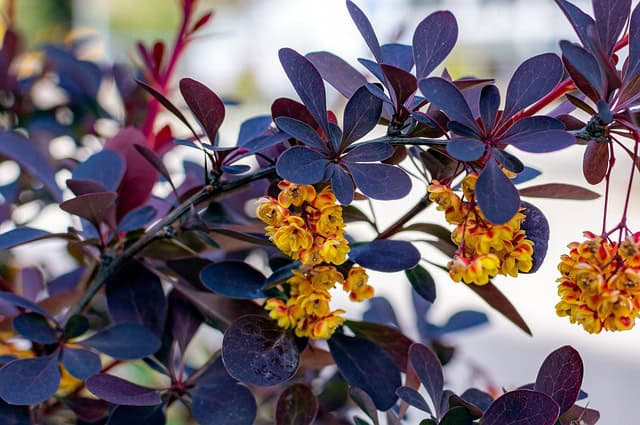
Barberry shrubs are appreciated for their colorful foliage and drought tolerance. September is a favorable time to plant these hardy plants, which do well in Georgia’s climate.
They thrive in well-drained soils and can adapt to various sunlight conditions. Barberries are also excellent for creating natural barriers due to their thorny branches, adding both beauty and function to your landscape.
Fothergilla
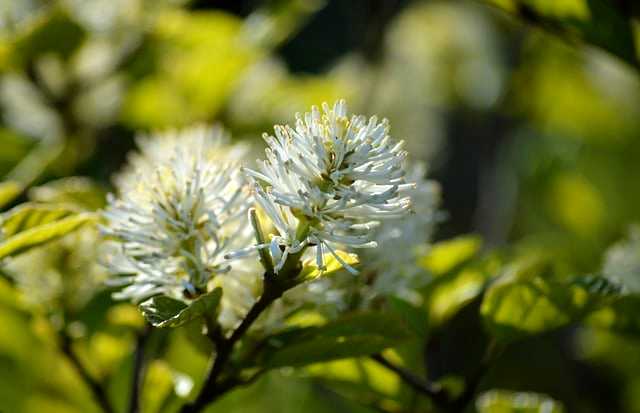
Fothergilla is a deciduous shrub treasured for its striking white blooms in spring and beautiful fall foliage. September is an excellent time for planting, as the cooler weather promotes root development.
This shrub grows best in well-drained, acidic soil and partial shade but can adapt to full sun conditions. Fothergilla’s unique characteristics enhance any landscape, making it worth considering.
Butterfly Bush
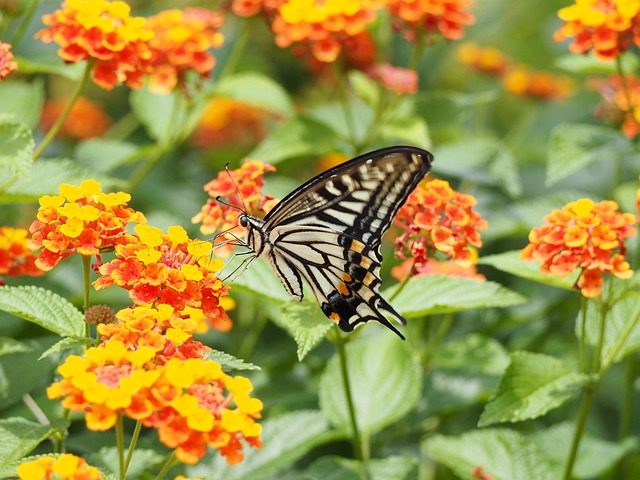
A popular choice among pollinator enthusiasts, the butterfly bush offers spectacular blooms that attract butterflies and hummingbirds. Planting this perennial in September allows it to establish before winter.
These bushes thrive in well-draining soil and enjoy full sun. They can withstand temperatures down to -20°F, making them resilient additions to the winter landscape.
Phlox
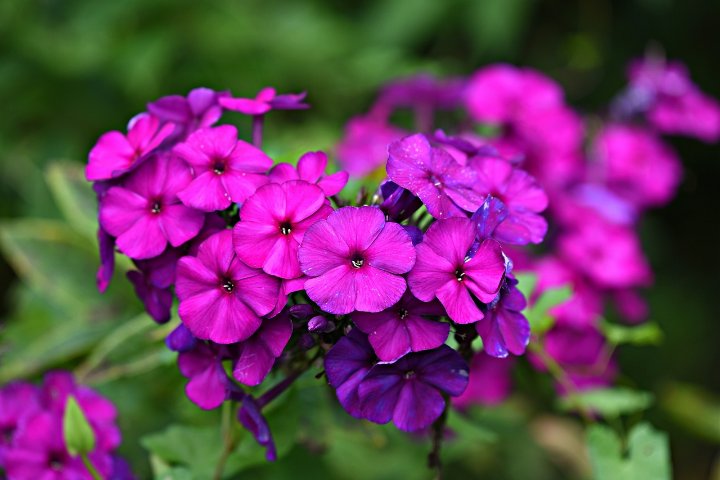
Phlox flowers provide plenty of color and can be planted in September. These perennial flowers thrive best in temperatures of 60°F to 75°F and prefer well-drained soil with ample sunlight.
Phlox forms attractive clumps that bloom abundantly in various colors. They are relatively low-maintenance and are essential garden staples due to their vibrant displays throughout the growing season.



